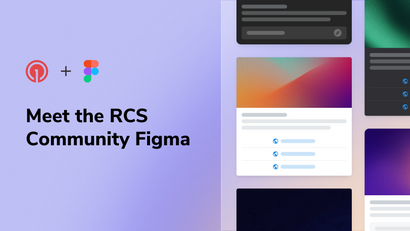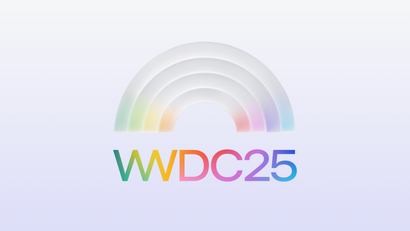Android 11 will be released to the public in the coming months, and it comes with several changes that developers should be aware of in order to ensure a good user experience with their notifications.
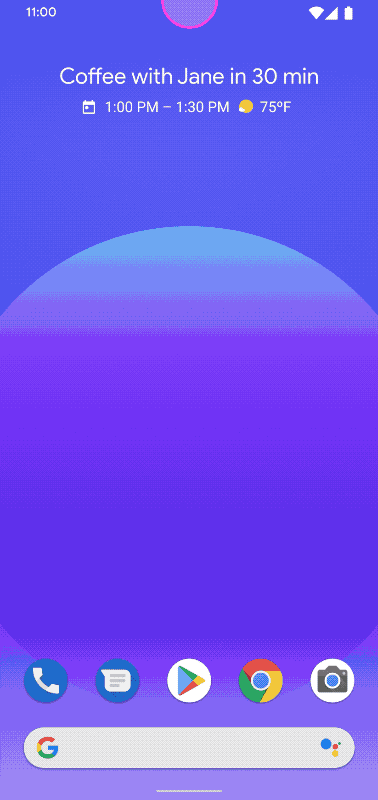
The main change, demonstrated in the above gif, is that Android notifications can now be easily silenced when a user long-presses them. If the notification is a conversation as part of a messaging app, it can also be prioritized into the "Conversations" area.
When a user changes this setting, the change applies to all notifications from the app with the same Category as the notification the user has acted upon.
Many apps today only have one Android Notification Category, so if a user silences a notification from that app, all future notifications will be silenced as well.
As a result, it's now more important than ever for developers to use multiple Android Categories for each type of notification they send. OneSignal makes this easy with our server-side category editor. Developers can easily add, remove, or change Android Notification categories with this tool without having to release new versions of their app.
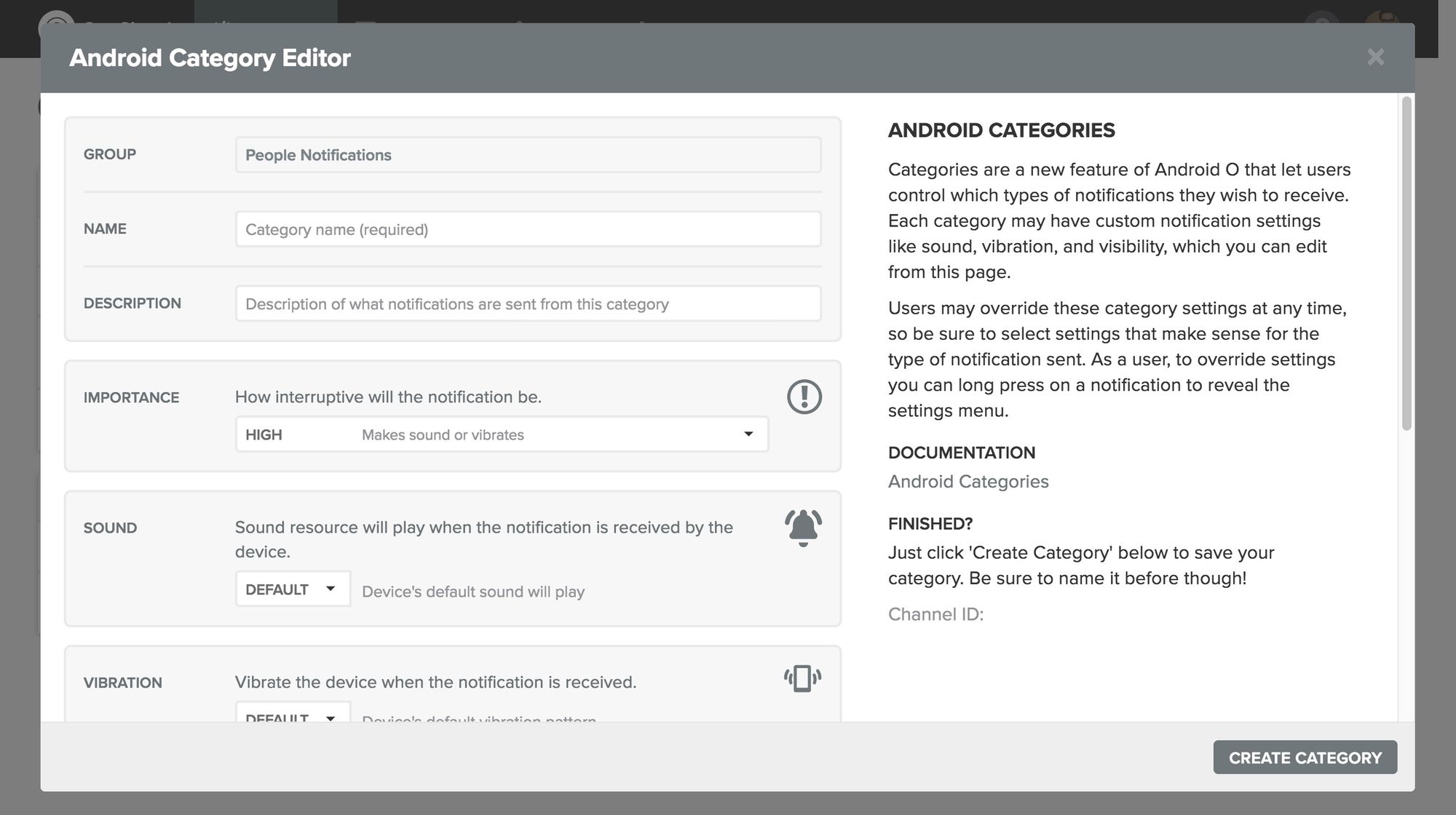
Multiple Categories helps provide users with the best experience when customizing notification preferences on their app. This helps to make sure your most important messages get through even if a user silences the less important ones.
You can also create notification Categories that are silent by default by modifying the "Importance" setting to "Medium" or "Low". This setting is recommended for less urgent or important messages.
Notification History
Android 11 includes an option to turn on Notification History. This option allows users to see old notifications that they may have swiped away within the last 24 hours.

When enabled, the Notification History can also be opened by selecting a "History" link in the device's notification shade. Notifications in the history view will not show any rich media, but this is still a useful way for users to make sure they don't lose an important message.
Do Not Disturb Preferences
Finally, users can now quickly configure which Categories of notifications should be allowed to break through their device's Do Not Disturb Settings. Again, this underscores why it's important for developers to leverage multiple Categories for their Android notifications.
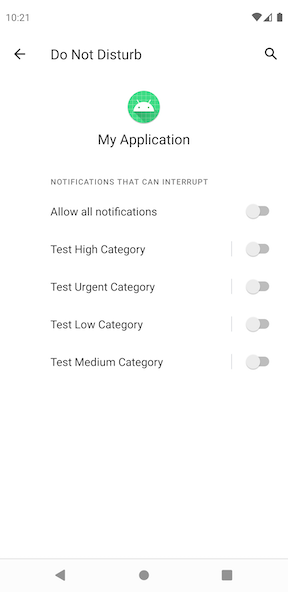
Fortunately, OneSignal already supports all of the necessary capabilities for developers to best adapt and take advantage of these changes.
You can stay tuned to our blog or follow us on Twitter as we continue to watch for new updates to Android 11, iOS 14, and other operating system releases that may affect how devices handle push notifications.

